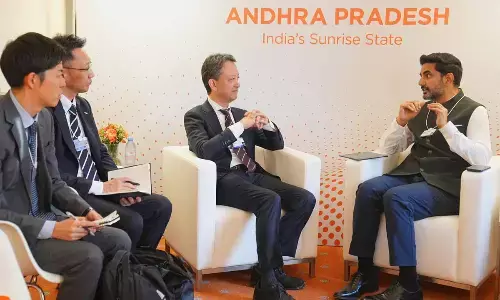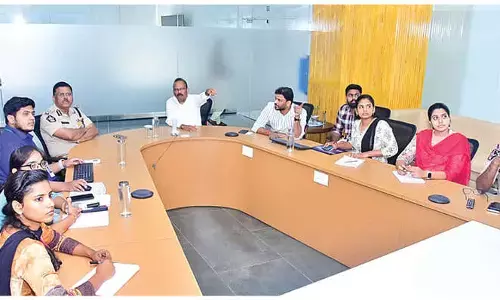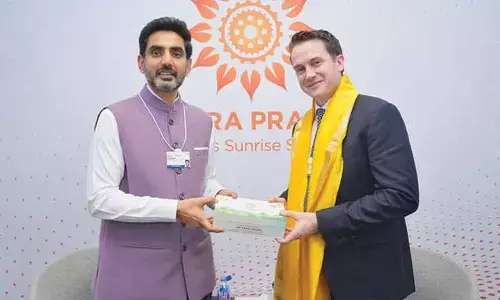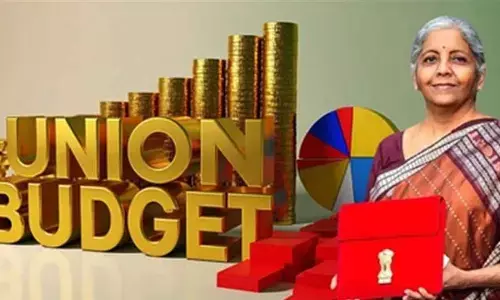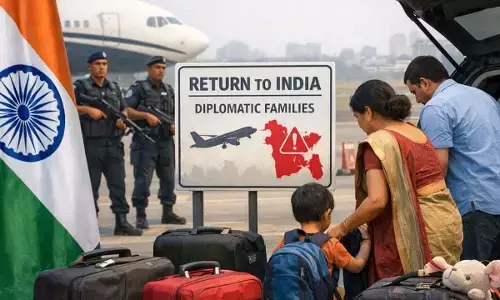Prime Minister Manmohan Singh has just ended his visit to Russia and crossed the Great Wall of China for his encounter with the new leadership. From the Indian point of view, both visits are crucial – one for the country’s defence and energy and the other for trade and to maintain border peace. Singh’s visit to Moscow and Beijing may be the last for him as Prime Minister; but they are notable, if not historic, for his efforts to forge closer ties and resolve differences over issues that are both petty and serious. Since all the three countries are members of BRICS (Brazil, Russia, India, China and South Africa) grouping, Singh’s visit to two members of the bloc has added significance and it is likely to pave the way for consolidation of economic ties in future, irrespective of the party that comes to power after next year’s parliamentary polls.
The Prime Minister’s Moscow visit on Sunday and Monday was annual as he attended the 14th Indo-Russian summit which was also the fifth between Russian President Vladimir Putin and Manmohan Singh. While one can dismiss it as routine, what sets the summit apart is Russian assurances on energy. The controversy surrounding Kudankulam nuclear power project is well known; its delays, cost escalations and protests over its safety until the project was commissioned in August were too much for Russians to handle. They were cheesed off and at one point they were exasperated so much that they had mulled pullout from the project. However, no such thing happened and the first and second units were successfully completed and, as if to mark the Manmohan Singh-Putin meet, the first unit was linked to the southern power grid midnight Monday. The second one will go operational in July next year.
In a sign of increasing energy cooperation, the two sides have agreed to "expeditiously finalize" the General Framework Agreement and the techno-commercial offer for Units 3 and 4 of Kudankulam nuclear power project. That means its expansion is on the cards under the civil nuclear cooperation agreement that was signed between the two countries when Putin visited India in 2010. The K 3 & 4 are held up over the nuclear liability issue –who will bear the losses in case of an accident and a cause for most of the anti-nuclear protests and opposition parties’ criticism of Indo-US nuclear deal –- which is said to have been almost sorted out during extensive talks between Putin and Singh. If what they claim materializes, both countries have crossed a major hurdle in enhancing their nuclear energy cooperation. Besides signing a number of agreements on defence, energy, high-technology, trade, investment, space, science, education, culture and tourism, both countries have voiced unanimity of views on tackling terrorism, Syrian crisis, etc.
What all these indicate is the traditional strategic relationship between India and Russia has remained intact despite Delhi being seen as leaning more towards the US. Through his visit, Singh, who had met US President Barack Obama last month, might have succeeded in correcting the view. Despite occasional ups and downs in their ties, Russia and India have never had any major problems and Indian government leaders have been able to deal with the Kremlin in a more matured manner. So, Prime Minister Singh’s Russian trip ended on a smiley note.
However, the real test for him comes in Beijing. Though both countries had buried Nehru’s Hindi-Chini bhai-bhai friendship days, for good, after the 1962 debacle, the two neighbours have come a long way in half a century. Politically, they have shed socialist shibboleths; economically, embraced semi-capitalism, embarked on rapid industrialization and become fast growing nations. It is but natural to compete with each other and clash over interests which extend to borders.
Our differences with that country are more than one could imagine despite booming trade. From unmarked international border to prospecting for oil and gas near Vietnam and China’s claim to thousands of square kilometers of Indian land to building bridges and roads near Pakistan-occupied Kashmir and dumping goods to constructing dams on rivers flowing into India, the problems are multifarious. To sort out these issues, at least a few, the three-day visit of the Prime Minister won’t be enough. Since he is expected to focus on bilateral trade and giving a boost to economic cooperation, other contentious issues may not take front seat in Singh’s drive for cementing ties.Nevertheless, he indicated on the eve of his two-nation trip that the proposed border cooperation agreement with China would top the agenda in talks with Chinese leaders. "India and China have historical issues and there are areas of concern. The two governments are addressing them with sincerity and maturity, without letting them affect the overall atmosphere of friendship and cooperation," Singh said.
The Prime Minister also noted that “India and China have reached important consensus on maintaining peace and tranquility on the border and made preliminary progress towards settlement of the India-China boundary question.” That is with reference to a Border Defence Cooperation Agreement (BDCA) officials of both countries have been working on to avoid a face-off between their armies. This comes against the backdrop of intrusions by People's Liberation Army troops in the Depsang Valley in the Ladakh region recently.
No doubt, the Beijing visit will give the Prime Minister an opportunity to interact with the new Chinese leadership, particularly with his counterpart Li Keqiang who visited India in May this year. But it is over-optimism to think that BDCA will be in place soon after Singh’s visit. If we go by past negotiations, Chinese will never rush to sign major accords without discussing them threadbare at various levels. Chinese leaders have repeatedly said that both countries can complement instead of confronting each other. What they mean is leave other issues aside and focus on economic ties.
Delinking our border and river water concerns from trade ties suits Chinese interests. If Singh too thinks on those lines, he will have made the Chinese job easier. On the agenda is easing of visa norms for Chinese businessmen and investors. This is sought to be done with an eye on attracting more Chinese investment into sectors like telecommunications and infrastructure despite objections from some quarters about security. While there is no need to see red in everything Chinese do, the real concern is the growing trade imbalance between the two countries. Thanks to cheap Chinese goods, the Indian manufacturing industry has taken a knock. China’s share of goods exported to India is now more than a quarter of the capital goods, according to experts. If this trend continues, “Made in India” labels on manufactured goods will vanish. Being an economist, Singh should know the repercussions of Chinese goods swamping India. In an inter-dependent world, trade is important but it should not be the raison d’être of dealing with China.












